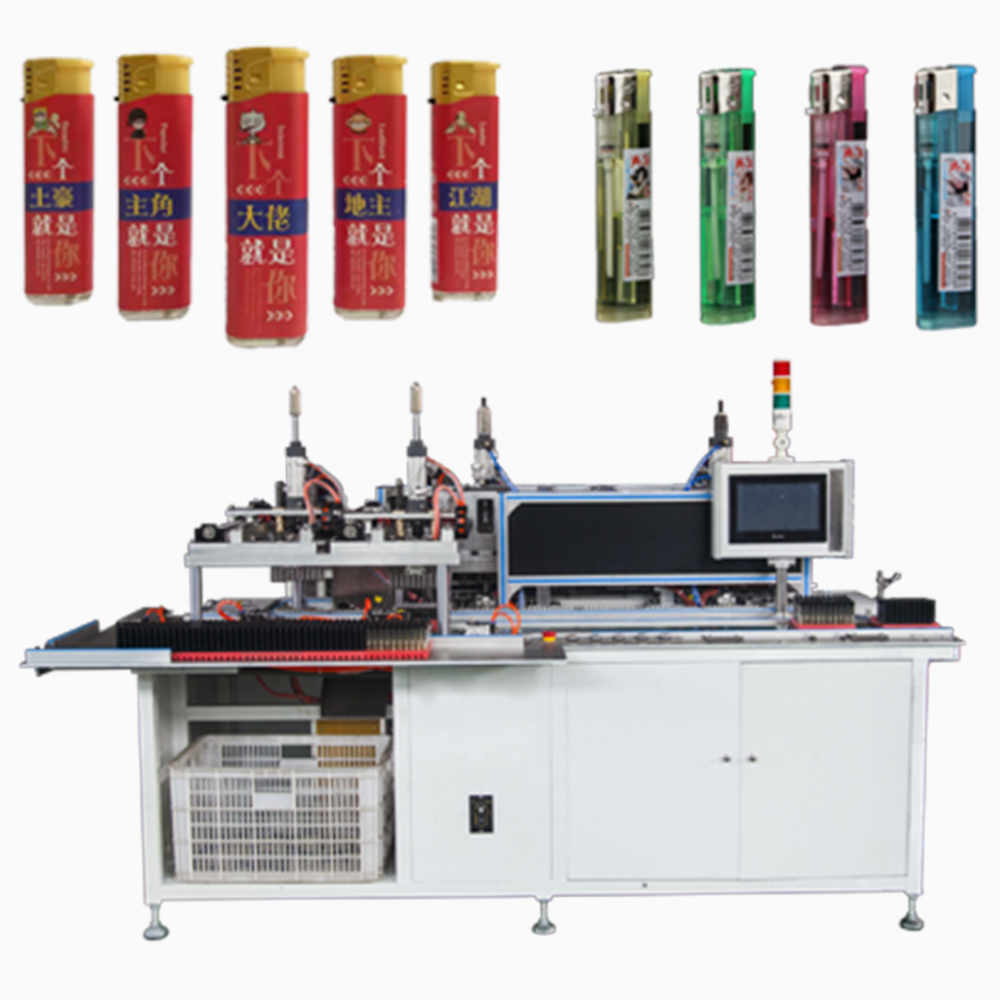Secondary lighter is a small pressure vessel with about 0.25 MPa liquid butane inside. Using piezoelectric ceramics can produce a voltage difference of about 6000 volts and output a few microamps of current.
The windproof outer flame of the lighter can reach a temperature of about 1300 degrees, and a similar butane spray gun can melt copper. If the disposable lighter (including the piezoelectric igniter) is completely disassembled, there are about 20 parts.
It involves dozens of different processes such as injection molding, stamping, bending, spring molding, electroplating, spraying, ultrasonic welding, sintering, rubber thermoforming, plastic stretching, gluing and so on. It involves dozens of different equipment, and the design of disposable lighters is also very significant.

Children in kindergartens can use it with reliable performance. It can be lit basically under normal use. If it is not for brushing, drying, knocking and washing, few people use up the gas of disposable lighters.
With adjustable output, the flame length can extend from less than 1 cm to more than 10 cm. From the product point of view, this design meets almost all requirements.
Its design needs to consider a series of complex calculations, such as liquid-gas phase transition, gas diffusion, combustion conditions, flame control, ignition intensity and so on.
The capacity required to produce disposable lighters is not particularly large. Otherwise, according to the trend of labor prices and material costs in the past two years, the price of lighters should have risen long ago.
Have you ever wondered why it is so cheap?
Because the production of this thing is technical. This technology is neither a high degree of automation and precision in the automotive industry, nor a further integration of the microelectronics industry, but is called "appropriate".
If you don't believe me, friends with certain manufacturing experience and mechanical knowledge, please open a lighter by yourself, make a simple BOM, and tell me, can you produce a lighter even for 1 yuan?
If you are a friend with knowledge of machinery and production purchasing, you should already know what I am talking about.
The technical force in your heart will always be a clean plant, fully automatic equipment, and the CAD interface of the cloud mountain fog cover. So you probably think that the small factories in the Pearl River Delta and Yangtze River Delta are very low. However, this "enough is enough" is a very, very important manifestation of technological strength in the rise of China's manufacturing industry.
In fact, the quality of domestic disposable lighters can only be said to be average. Compared with foreign standard lighters, it has no thick shell. But it works. Its price is skyrocketing. It comes from an in-depth understanding of each part, eliminating all parts that can be saved, but still ensuring its functionality and reliability. This kind of experience can't be found in books, and even insiders can't understand it in a day or two.

This is the strongest technology in China's manufacturing industry: disposable lighters are the most direct embodiment of this technological power. It can be ignited 3000 times for 2 minutes. Most importantly, it doesn't even need a dollar.
It is absolutely not easy to make the quality of products higher than the customer's expectations, and the price lower than the customer's expectations, and ensure a certain profit. In recent years, China has become a large manufacturing country. People have always believed that it is inappropriate to rely on labor costs to produce labor-intensive products without technical content.
In the process of integration, some powerful enterprises have reduced the product cost below a certain level through their own efforts and the accumulation of experience, and successfully achieved popularization, which must be highly technical. It is not a bad thing to become a world factory. The United States has gradually occupied the world discourse in imitation and mass production, thus supporting it to win World War II and stand on the historical stage of the past century.




